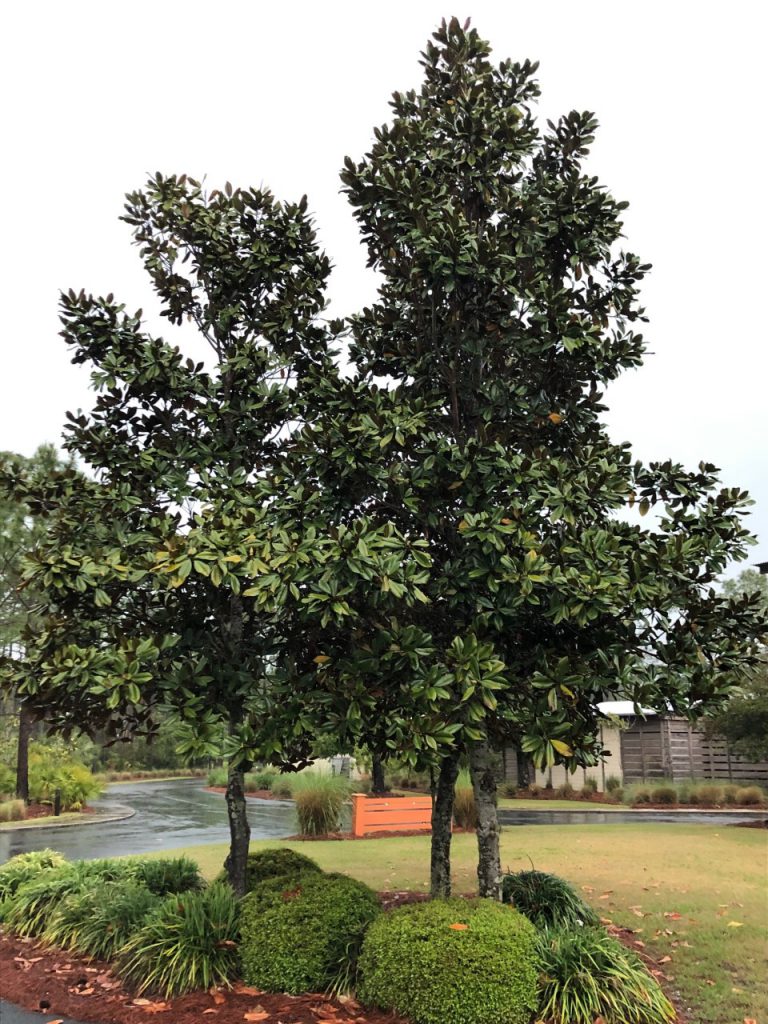Many future problems can be avoided by paying attention to tree selection, planting and maintenance in Florida’s high wind climate. We may think of tropical storms causing tree damage but our typical summer thunderstorms can produce winds in excess of 50 miles per hour with downbursts reaching over 100 mph.
There is no way to protect trees from all storm damage. Trees are not adapted to worst-case storms, such as Hurricanes Michael or Ian, only to our average wind climate.
It’s wise to take time to select and correctly plant the right trees for North Florida.
Past hurricanes have taught us that large growing trees planted too close to curbs, sidewalks or buildings blow over easily because they don’t have adequate room to develop a sound root system. It’s best to either plant these trees farther away, plant trees that may stay small, or increase the size of space allocated for tree root growth.
Research and storms have taught us that tree roots need large soil spaces for strong, stable growth. The more rooting space trees have, the less likely they are to fail. Strong root growth is essential for tree stability and health. Large maturing trees need at least 30 feet by 30 feet (900 ft. sq.) of rooting space. Many construction practices such as paving over roots, raising and lowering soil grade, and soil compaction from equipment result in root injury for existing trees, making them less durable and less stable.
Studies have also shown that trees growing in groups better survive high winds compared to individual trees. A group was defined as five or more trees growing within ten feet of another tree, but not in a row.
A short list of large maturing, storm resistant trees to consider include live oak, sand live oak, bald cypress, pond cypress, black gum and magnolia.
Do some homework and take a look at tree species that have done well in your area. If you don’t want or need a large tree in your yard, there are many small and medium sized wind-resistant trees from which to choose, like Crape Myrtle and Vitex. Many palms are wind resistant too, particularly the cabbage palm.
Having success with trees in the landscape involves starting with healthy, well-developed trees. Plant the right tree in the right place. Follow good planting procedures, including not planting trees too deep and providing adequate root space to allow for strong, healthy root growth. Practice correct maintenance techniques, which includes learning how to prune to produce a structurally sound tree. Finally, consider if it is time to be proactive and have large over-mature, declining trees removed and replaced before the next storm.
The following UF/IFAS Extension link, Trees and Hurricanes, includes the most current recommendations on tree selection, planting and pruning. https://hort.ifas.ufl.edu/treesandhurricanes/wind_and_trees.shtml
- Know What You’re Doing when Amending Florida’s Sandy Soil - December 18, 2025
- Evaluate and Renovate Landscape During Fall - October 30, 2025
- Summer is Too Hot for Lawn Herbicides - August 23, 2025

